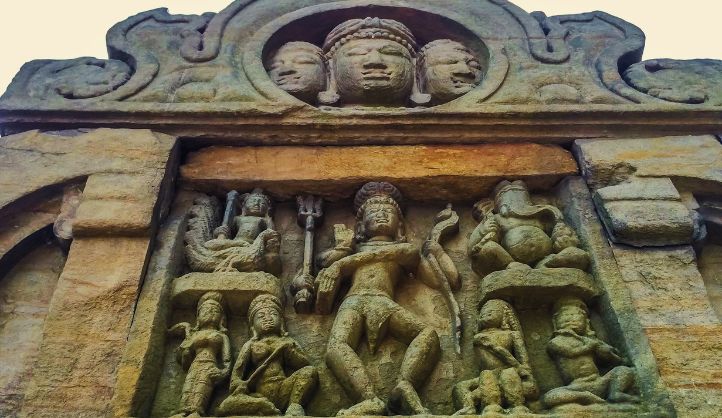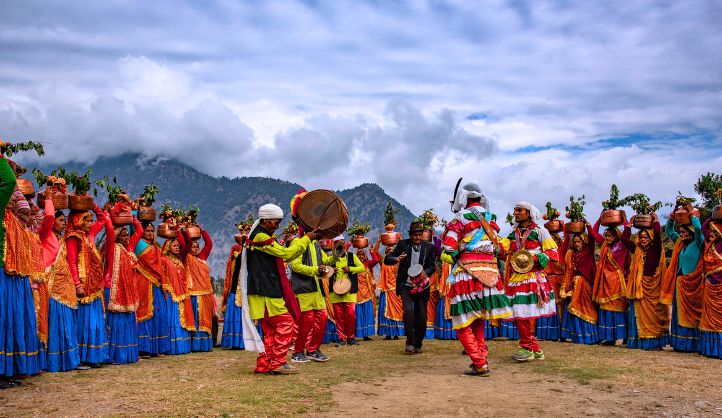Uttarakhand Stone Carvings: Sculptures and Architecture

🏛️Explore the intricate world of Uttarakhand Stone Carvings: where art, history, and spirituality unite. Discover the rich cultural heritage of this Himalayan region through exquisite sculptures and architectural wonders. 🗿🏔️ In the heart of the majestic Himalayas lies Uttarakhand, a region blessed with not only breathtaking natural beauty but also a rich cultural heritage. Among […]
Uttarakhand Traditional Jewelry

Introduction Uttarakhand, the “Land of the Gods” in India, is not only renowned for its majestic Himalayan landscapes and spiritual significance but also for its exquisite traditional jewelry. Uttarakhand’s jewelry is a reflection of its rich culture, deep-rooted traditions, and the artistic finesse of its artisans. In this article, we will delve into the world […]
Uttarakhand Folk Dances: Rhythms and Expressions

🕺💃Discover the vibrant world of Uttarakhand folk dances! Explore the rich cultural tapestry through 10 captivating dances, each with its unique story and attire. 🌟👘 Immerse yourself in the rhythms and colors of Garhwali and Kumaoni traditions. 🎶🌈 Uttarakhand’s cultural heritage comes alive with every graceful step and colorful costume. 🏔️✨ Introduction Uttarakhand, nestled in […]
Nehru Institute of Mountaineering, Uttarkashi

Introduction Nestled amidst the serene Himalayan landscape, the Nehru Institute of Mountaineering (NIM) in Uttarkashi stands as a beacon for adventure enthusiasts and aspiring mountaineers. This renowned institution has etched its name in the annals of mountaineering history, offering a gateway to the majestic peaks of the Garhwal region. In this article, we will delve […]
The Brahmatal Trek in Uttarakhand 2023

🚶♂️🏞️The Brahmatal Trek is a popular winter trekking destination located in the Indian state of Uttarakhand, in the Garhwal region of the Himalayas. This trek is known for its stunning views of snow-capped peaks, serene alpine lakes, and pristine forests, making it a favorite among trekkers and adventure enthusiasts.🏔️❄️ Location: Brahmatal is situated in the […]
Pratap Nagar: Exploring Uttarakhand’s Hidden Gem

🏞️”Explore the serene beauty of Pratap Nagar in Uttarakhand! Nestled amidst the Himalayas, this charming town offers breathtaking mountain views, lush green valleys, and pristine rivers. Discover the perfect blend of nature and tranquility in Pratap Nagar. Plan your getaway today! 🌄 #PratapNagar #Uttarakhand #NatureLovers”🌿🏞️ Introduction Nestled amidst the breathtaking Himalayan range, Pratap Nagar in […]
Beauty of Himalayan Monal, The State Bird of Uttarakhand

In the heart of the majestic Himalayan range lies the enchanting state of Uttarakhand, a treasure trove of natural beauty and biodiversity. Among its many hidden gems is the resplendent Himalayan Monal, a bird of striking vibrancy and grace that has become a symbol of the region’s untouched wilderness. In this article, we invite you […]
